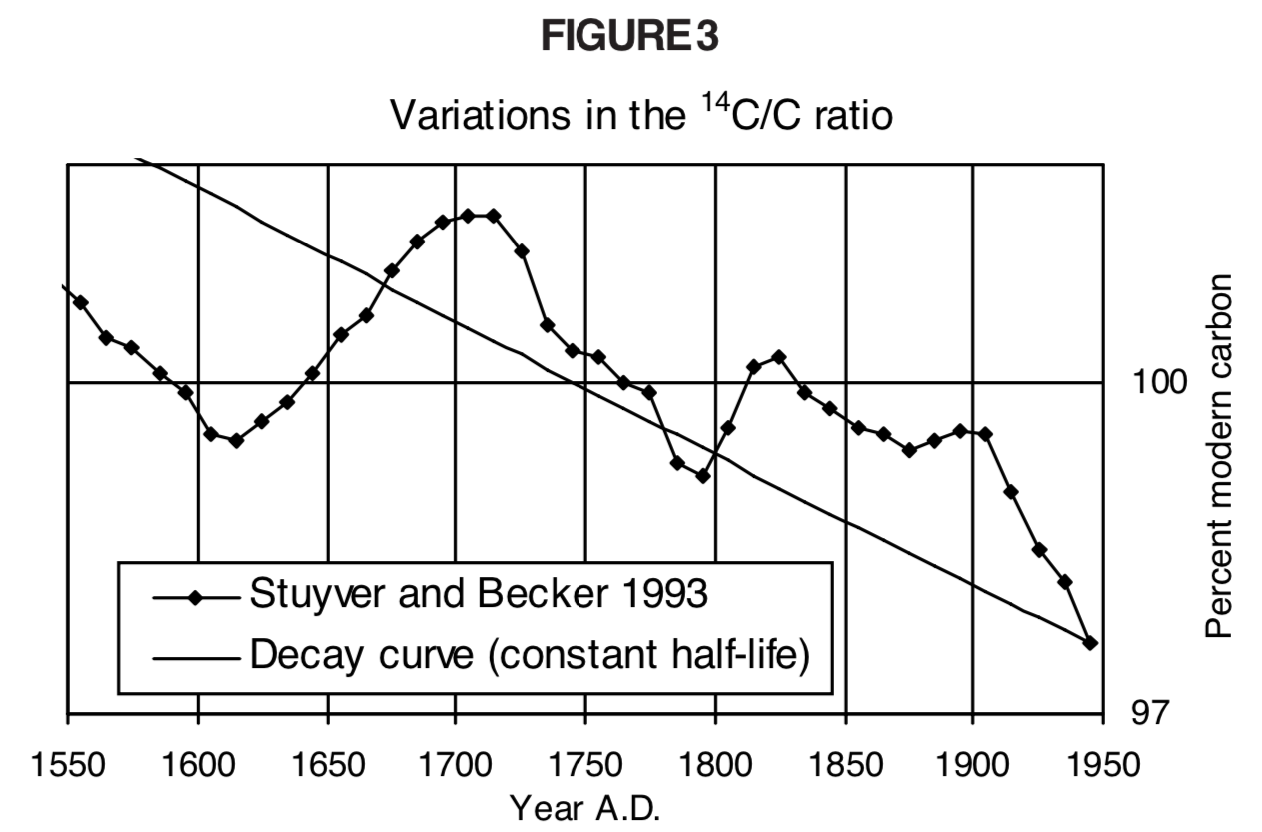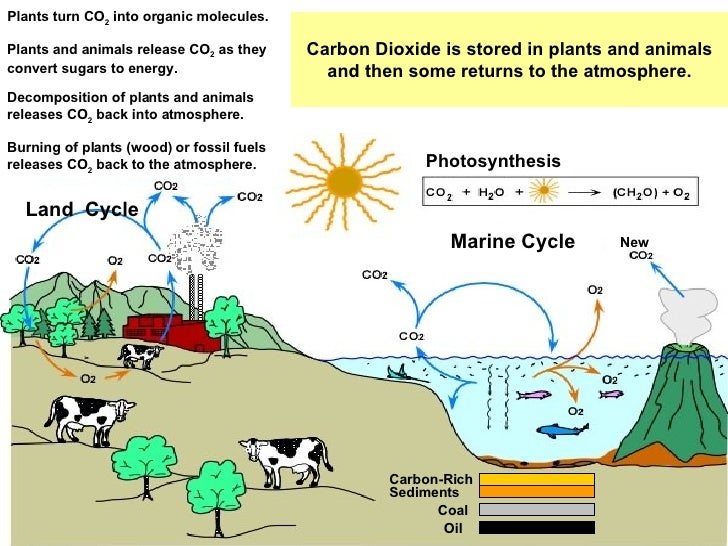

Because the "present" time changes, standard practice is to use 1 January 1950 as the commencement date (epoch) of the age scale.
#Carbon 14 dating calculator code#
For the airport with the IATA code YBP, see Yibin Wuliangye Airport.īefore Present ( BP) years, also known as " time before present" or " years before present ( YBP)", is a time scale used mainly in archaeology, geology and other scientific disciplines to specify when events occurred relative to the origin of practical radiocarbon dating in the 1950s. They expose a sample to light, and as the electrons fall back into the atoms, they emit heat and light, or a luminescent signal."YBP" and "ybp" redirect here. It takes second exposure to heat or sunlight to knock these electrons back to their original positions. Some of the electrons fall back down into the atoms, but others get stuck in holes or other defects in the otherwise dense network of atoms around them. This radiation kicks electrons out of their atoms. When the minerals in these rocks and sediments are buried, they become exposed to the radiation emitted by the sediments around them. This method, called luminescence dating, is favored by geo-scientists studying changes in landscapes over the last million years - they can use it to discover when a glacier formed or retreated, depositing rocks over a valley or when a flood dumped sediment over a river-basin, Rittenour told Live Science Using this method, scientists were able to date the oldest rock ever discovered, a 4.4 billion-year-old zircon crystal found in Australia.įinally, another dating method tells scientists not how old an object is, but when it was last exposed to heat or sunlight. Just like radiocarbon dating, scientists calculate the ratios between these isotopes, comparing them with their respective half-lives. Each of these isotopes has a different half-life, ranging from days to billions of years, according to the Environmental Protection Agency. These "parent isotopes'' each break down in a different cascade of radioisotopes before they wind up as lead. They're always unstable," said Tammy Rittenour, a geologist at Utah State University. "Uranium and thorium are such large isotopes, they're bursting at the seams. These separate chains of decay begin with the breakdown of uranium-238, uranium-235 and thorium-232. In this method, scientists measure the quantity of a variety of different radioactive isotopes, all of which decay into stable forms of lead. While radiocarbon dating is useful only for materials that were once alive, scientists can use uranium-thorium-lead dating to measure the age of objects such as rocks. "We use it to date the Earth," Higham said. Instead, they often look to radioactive isotopes of other elements present in the environment.įor the world's oldest objects, uranium- thorium- lead dating is the most useful method. For older objects, scientists don't use carbon-14 as a measure of age. However, objects older than that have lost more than 99% of their carbon-14, leaving too little to detect, said Brendan Culleton, an assistant research professor in the Radiocarbon Laboratory at Pennsylvania State University. "That covers basically the really interesting part of human history," Higham said, "the origins of agriculture, the development of civilizations: All these things happened in the radiocarbon period." The half-life of carbon-14 is 5,730 years, making it ideal for scientists who want to study the last 50,000 years of history.
#Carbon 14 dating calculator skin#
That allows them to measure the age of an organic piece of matter - whether that's an animal skin or skeleton, ash or a tree ring - by measuring the ratio of carbon-14 to carbon-12 left in it and comparing that quantity to the carbon-14 half-life. Scientists know how long it takes for half of a given quantity of carbon-14 to decay - a length of time called a half-life.

When living things die, they stop taking in carbon-14 and the amount that's left in their body starts the slow process of radioactive decay.


 0 kommentar(er)
0 kommentar(er)
